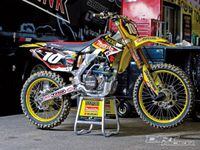
By the time Anaheim One rolled around there was plenty of drama in the pits and on the track. Two of the major players--Chad Reed and James Stewart--were on new teams, and you could even argue that Kevin Windham and Ryan Villopoto were on new bikes since the Honda is so radically changed and RV is a newbie on a new 450. But the first race of the year is the end of the race to get ready for the season, and there was ample drama in the prep and testing phase.The 2009 supercross sound standards call for 94 decibels, though the rpm used is slightly lower than the one a ranger would use at an off-road riding area, so the bikes are held to a level roughly that of a legal off-road bike. To make big power a four-stroke must breathe, and the drop in sound was a serious mountain to climb. A few teams were happy with the power they attained with the new standard, while others frankly admitted they weren't at the power level they enjoyed in 2008. In this arena it appeared as though Suzuki, by benefit of having a year's head start with EFI, had an edge, and the carbureted Yamaha had the toughest job; but that was just how it looked to us judging by what we saw in the pits and on the track. Actually, the privateers had it the worst. Whereas factory teams sent an extra guy to tech with an armful of assorted mufflers, the privateers had to buy something and hope it passed. Once they found a system that would pass, they didn't have time to tune the engine to run with the combination.One continuing trend was teams spending a lot of time personalizing the bikes for each rider, and it wasn't unusual to see bikes under one tent with different pegs, seat configurations and other adjustments to accommodate the various athletes. As always, a huge percentage of modification is made to guarantee the bike will finish. The level of prep and detail on the SX bikes was stunning, and these exclusive photos put you up close and personal with the factory SX bikes of 2009.
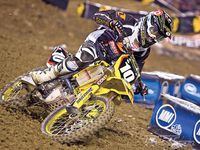
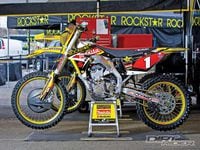
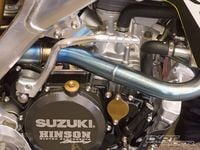
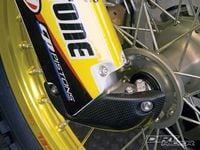
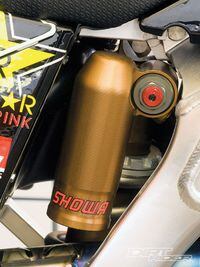
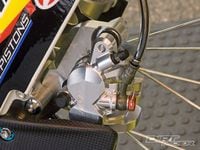
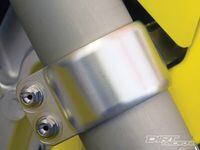
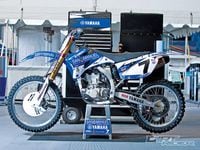
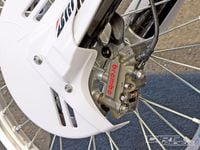
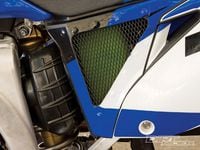
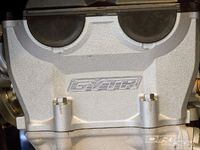
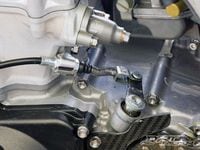
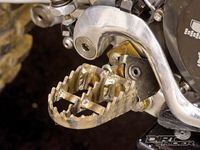
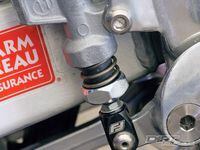
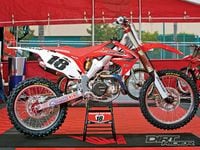
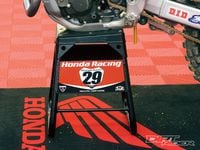
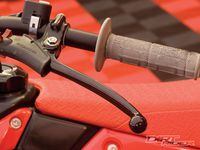
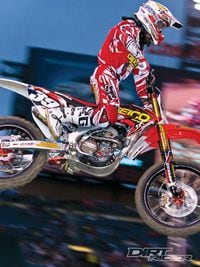






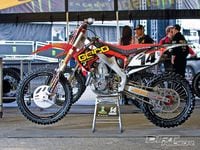
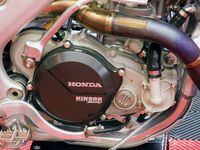
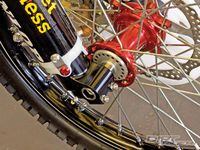
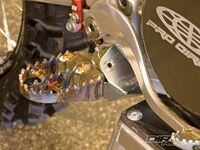
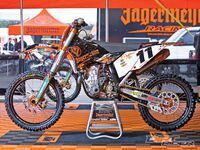
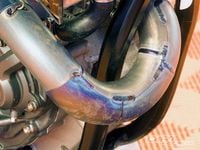
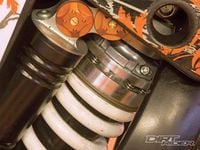
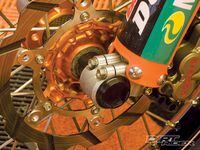
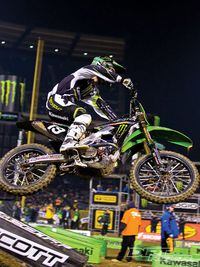
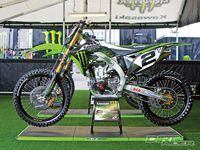
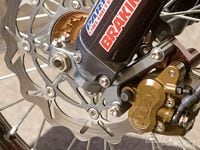
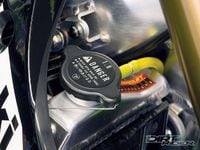






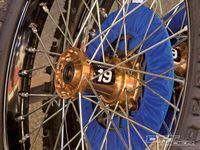
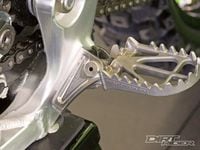
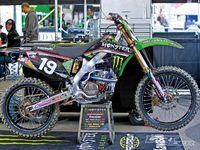
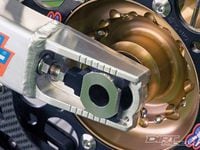

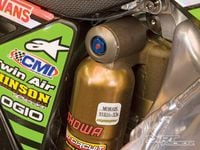






/cloudfront-us-east-1.images.arcpublishing.com/octane/WOYUZXUAMBCZZJ3BQWOEQJGR5M.jpg)
/cloudfront-us-east-1.images.arcpublishing.com/octane/OBHVYZHWBBAZTALZA4GC5RM5WA.jpg)
/cloudfront-us-east-1.images.arcpublishing.com/octane/ZJPPRO5CRNFYPEVMWIFR7RRFQQ.jpg)
/cloudfront-us-east-1.images.arcpublishing.com/octane/MMAOLEHZG5CBXAOICNKNGCEK4I.jpg)
/cloudfront-us-east-1.images.arcpublishing.com/octane/KQUVDTNB6VF53CRDNN47BE3VUA.jpg)
/cloudfront-us-east-1.images.arcpublishing.com/octane/3T32INAZQRGPXOGGA36NQJDSSM.jpg)
/cloudfront-us-east-1.images.arcpublishing.com/octane/EPLS5PBKXBHNXK7S5O7G4ND3YQ.jpg)
/cloudfront-us-east-1.images.arcpublishing.com/octane/MNGOZAGZFZBH5DPFV7NOPF5S3Y.jpg)
/cloudfront-us-east-1.images.arcpublishing.com/octane/VGJWIIFM2VBCXG34KRQ37GCP7U.jpg)
/cloudfront-us-east-1.images.arcpublishing.com/octane/2ZU3HXRPMZESJF7HDLZJV7FHEY.jpg)
/cloudfront-us-east-1.images.arcpublishing.com/octane/VVFWQBZEIZDVJHZIW5ISKWKOZU.jpg)
/cloudfront-us-east-1.images.arcpublishing.com/octane/7T7FZXHIIBDX7AOBD5S3IICUJI.jpg)
/cloudfront-us-east-1.images.arcpublishing.com/octane/T3Y7A52TXBEBJNEPGOQSVPQSPU.jpg)
/cloudfront-us-east-1.images.arcpublishing.com/octane/KY33U3WBTNFIBJFMTEF2SM7BOQ.jpg)
/cloudfront-us-east-1.images.arcpublishing.com/octane/JNPS5MGVXJC7BARVMARYQIQHXE.jpg)
/cloudfront-us-east-1.images.arcpublishing.com/octane/63N2P6SYAZDURJDO5KARQYX2J4.jpg)
/cloudfront-us-east-1.images.arcpublishing.com/octane/C72WX35SXFETTO5OVA2RWT523I.jpg)
/cloudfront-us-east-1.images.arcpublishing.com/octane/F3ER37EV2RGY5CRYFNTWE3JSF4.jpg)
/cloudfront-us-east-1.images.arcpublishing.com/octane/L65QCUR32RH2NKCUHXYHHAPDFI.jpg)
/cloudfront-us-east-1.images.arcpublishing.com/octane/VSK246VVRRDMBNQU7B2NTNY6AE.jpg)
/cloudfront-us-east-1.images.arcpublishing.com/octane/CG64RRFAYRENNAP2AA22T2LSJY.jpg)
/cloudfront-us-east-1.images.arcpublishing.com/octane/IKZSRLBWMRDORMORBXSISL4D6M.jpg)
/cloudfront-us-east-1.images.arcpublishing.com/octane/BJLVRPJSDFC3ZLPMW3LYYHMPZE.jpg)
/cloudfront-us-east-1.images.arcpublishing.com/octane/RQW2RFU4MJDYRPVFJNW362SEXU.jpg)